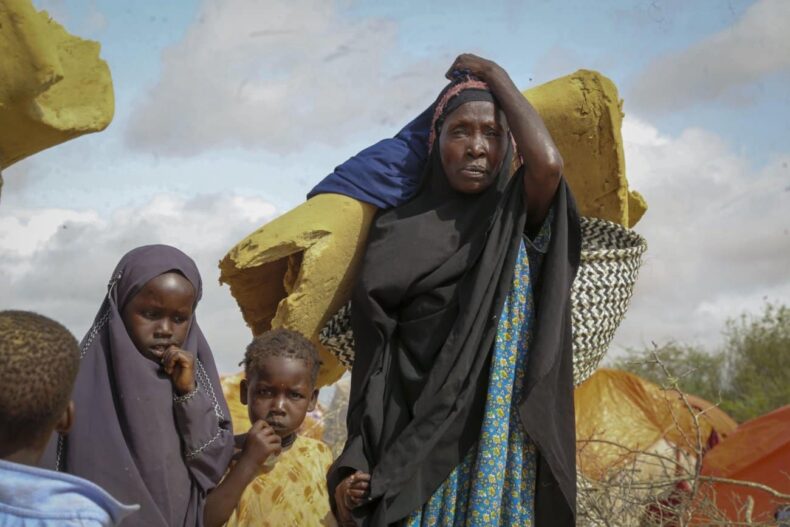Greater Horn of Africa, according to new research by the World Health Organization (WHO), the frequency of documented climate-related health and disease outbreaks crises has reached its highest level this century, escalating a health catastrophe in an area where 47 million people already experience severe famine. While some areas of the region are dealing with flooding and war, the majority of the region is experiencing its worst drought in at least 40 years, with a historic fifth rainy season failure now predicted.

WHO Regional Director for Africa, Dr Matshidiso Moeti said that the health of Africans in the greater Horn of Africa is impacted by climate change. The earth has been scorched due to the fourth consecutive rainy season failure, for the search for food and water people have been pushed out of their homes. The 27th United Nations Climate Change Conference (COP27) is taking place in Africa as it should, the global leaders must come to an agreement to stop this rise in temperature. “We are the least culpable for climate change, yet we are the first to confront its awful consequences,” she adds.

Between 1st January and 30th October 2022, an analysis of the seven nations in the greater Horn of Africa— Uganda, Sudan, South Sudan, Somalia, Kenya, Ethiopia, and Djibouti—found 39 documented floods, outbreaks, and other acute public health incidents. With two months remaining in the year, already this is the highest yearly recorded total since 2000. More than 80% of the severe public health events recorded are outbreaks of infectious illnesses including cholera, measles, chikungunya, yellow fever, and meningitis. Drought, flooding, and other natural catastrophes make up the remaining 18%.
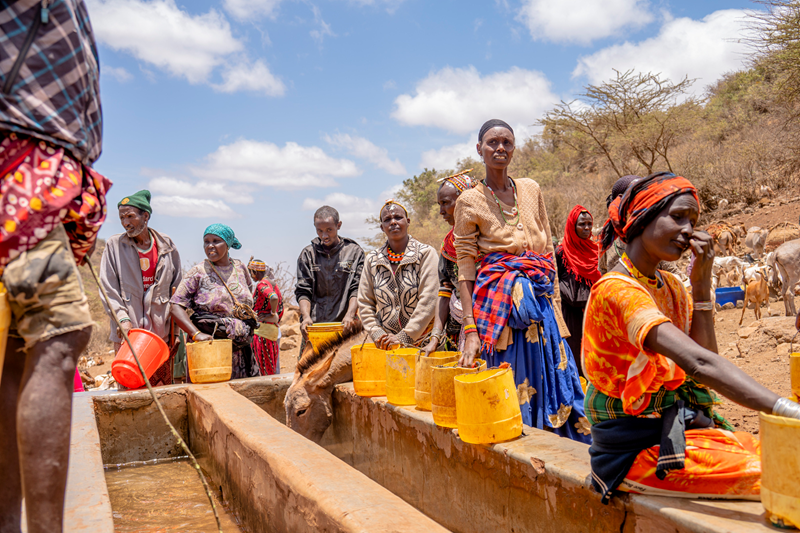
Severe malnutrition has been estimated to be faced by millions of children who are under the age of five. This not only increases their likelihood of starvation but they are also more susceptible to an outbreak of disease due to their weakened immunity. Children who are malnourished are more prone to common pediatric illnesses. Malnutrition is a factor in 45% of children under 5 deaths worldwide.
The number of people suffering from severe hunger in the greater Horn of Africa has doubled in the last four years. The rise of misery needs to be stopped said Dr. Moeti, there is often disease between malnutrition and death. This is a perfect condition for an outbreak in the greater Horn of Africa due to the worsening condition of the people. If this situation is not handled quickly this will only add fuel to the fire. To effectively counter this crisis on the doorstep an effective emergency response is needed of US 124 million dollars, but only 34% of the request has been received by now.
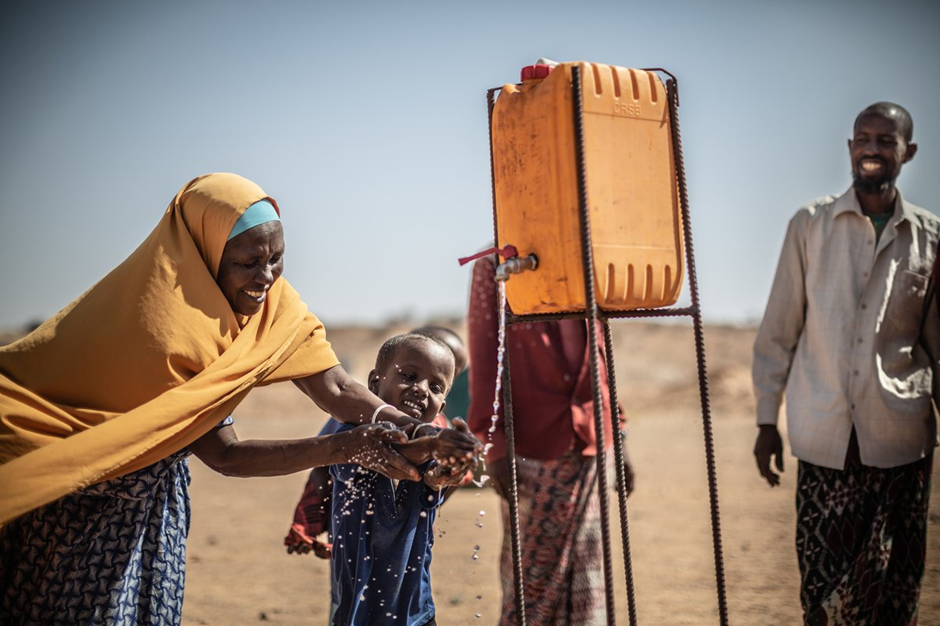
To prevent disease outbreaks the necessary amount of vaccination needed for a life-saving childhood vaccine is below the necessary amount. In the majority of the region’s nations, measles vaccination rates are very low to prevent cases, and by 2022, measles outbreaks had spread to every country in the broader Horn of Africa.
The area is dealing with a number of extreme weather events, including drought. With 40% of the nation submerged, South Sudan is facing its fourth year of floods in a row. Tens of thousands of people continue to be impacted by flash floods and heavy rains in neighboring Sudan. In 15 states, the floods have damaged or destroyed tens of medical institutions, water supplies, and latrines, along with thousands of homes. Floods have also impacted cattle and a sizable portion of agricultural land, which adds to the problem of food insecurity.
Conflict, the COVID-19 pandemic’s effects, high food and fuel costs, floods, and drought-related food insecurity have all caused people to evacuate their homes, and the area currently has 12.7 million internally displaced persons in addition to 4.5 million refugees and asylum seekers. People who are displaced frequently lose out on the necessary healthcare, particularly preventative care. Inadequate water and sanitation in crowded temporary shelters might raise the danger of epidemics.
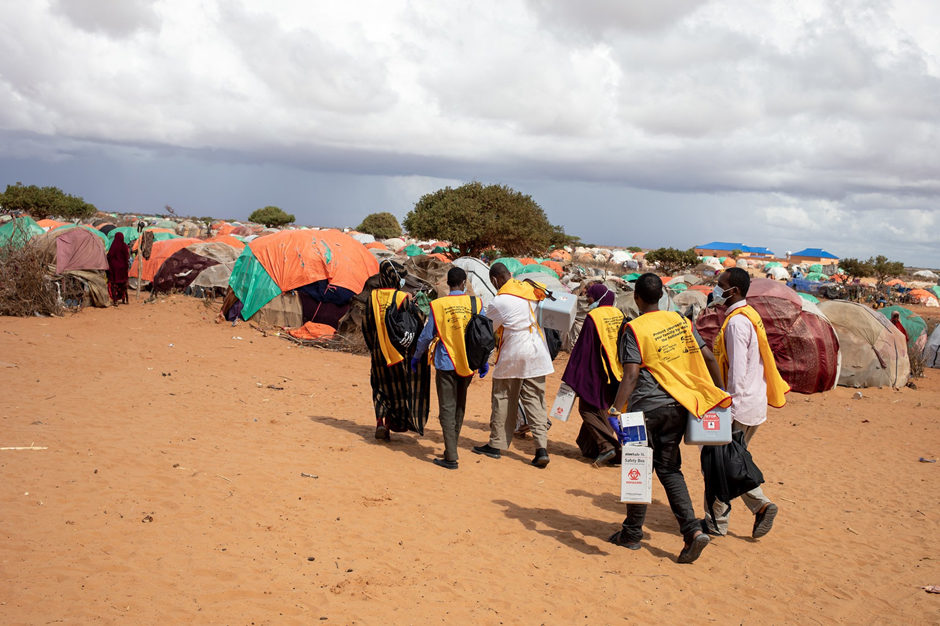
As a result of the escalating health crisis, WHO is concentrating on providing treatment for acute malnutrition, making sure that vulnerable populations, particularly children, have access to important healthcare services, and preventing disease outbreaks through immunization campaigns, designed to detect and respond to outbreaks.
For the greater Horn of Africa, WHO has dispatched equipment and supplies worth 7 million US dollars and kits over 3 million US dollars for diseases like measles and cholera and for severe malnutrition. For the management of severe malnutrition across the region, thousands of health workers have been trained by the organization.
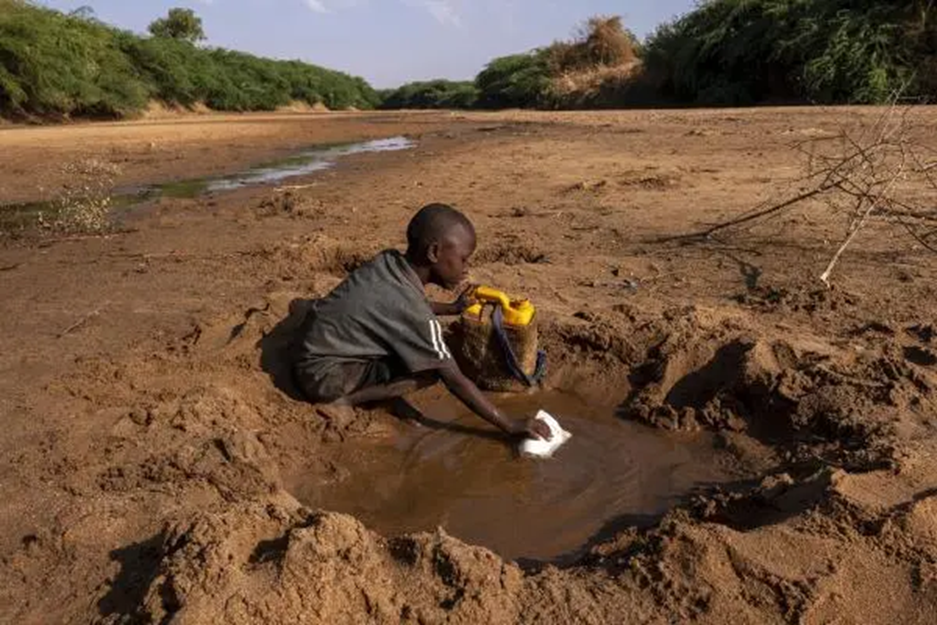
Dr Egmond Evers, acting Incident Manager, of WHO’s larger Horn of Africa response, says that WHO urgently needs partners to join together to help the food insecurity response in the region.” We need a robust health response to reduce disease and mortality caused by health hazards associated with food insecurity, medications, kits, and other medical supplies. To stop epidemics from spiraling out of control, we must intensify crucial measures like immunizations and enhance surveillance. We are at our limit for waiting. We must take immediate action.
To address this issue WHO held a press conference yesterday with the Ministry of Health of South Sudan, Lt. Col, Dr. John Rumunu, Director-General of Preventive Health Services, Dr. Henry Kyobe Bossa, Incident Commander for Ebola outbreak, Dr. Patrick Otim, WHO Africa’s Incident Manager for the Ebola outbreak in Uganda, and Dr. Egmond Evers, Acting Incident Manager for Greater Horn of Africa Food Insecurity and Health.
Also Read: https://tdznkwjt9mxt6p1p8657.cleaver.live/climate-change-how-is-it-altering-the-world/
Read more: https://tdznkwjt9mxt6p1p8657.cleaver.live/children-dying-says-somalia-drought-famine-appro/
Read also: https://tdznkwjt9mxt6p1p8657.cleaver.live/2500-wild-animals-moved-from-zimbabwe/







